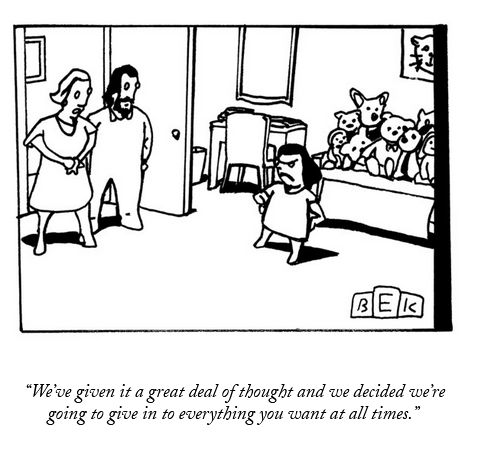अलीकडे 'उत्तम माध्यम', २०१० हे श्री. बा. जोशी यांचे पुस्तक विकत घेतले आणि चाळायला सुरवात केली.
त्यातील तिसऱ्या लेखाचे नाव आहे 'प्रतिभेचे इंद्रजालच'. तो लेख मूळ २१ मे १९८८ च्या महाराष्ट्र टाइम्स मध्ये आलेला आहे, आणि गणपत काशिनाथ म्हात्रे (१८७६- १९४७) या महान शिल्पकाराच्या 'मंदिरगामिनी' ह्या साधारण १८९६ सालच्या शिल्पावर (प्रथम शाडूचे आणि नंतर संगमरवरी) आहे.
मराठी विश्वकोश, खंड १०: "... मंदिराकडे जाणाऱ्या या स्त्रीच्या शिल्पाकृतीचा पेहराव व ढब अस्सल भारतीय असून, ब्रिटिश शिल्पशैलीच्या प्रभावापासून ती मुक्त आहे. तिने परिधान केलेल्या नऊवारी साडीच्या सुरेख चुण्यांमधून तिच्या बांध्याचे सौष्ठव व्यक्त होते. तिची केशरचना, एका पायावर भार देऊन किंचित टाच उचलून दुमडलेला दुसरा पाय व त्यातून व्यक्त होत असलेला मंदिराकडे जाण्याचा आविर्भाव हे अत्यंत लालित्यपूर्ण आहेत. शिवाय तिचे कोमल हात, बोटे, रेखीव चेहरा आणि नाजुक पाऊल ह्यांचे शिल्पांकन मोठ्या कौशल्याने केले आहे...."
ह्या शिल्पाचे रसग्रहण खुद्द रवींद्रनाथांनी दोन लेखांत केले होते. त्यावरच जोशींचा पाच पानी लेख आहे. टागोरांचे अतुलनीय शब्द त्या लेखात वाचा.
त्याच पुस्तकात ह्या मटातील लेखावर दुर्गाबाईंचे दोन पानी पत्र आहे. तारीख २८ मे १९८८. दुर्गाबाई म्हणतात त्या शिल्पाचा उल्लेख इंग्लिश मध्ये 'lady with lamp' असा सुद्धा झाला होता. त्या म्हणतात डॉक्टर श्रीधर व्यंकटेश केतकरांच्या डोळ्यांतून हे शिल्प पाहून अश्रूंचा पूर लोटला होता.
दुर्गाबाईंची अतिशय सुंदर असणारी आई १९१९ साली फ्लू च्या साथीत वारली. ते शिल्प म्हणजे त्यांना त्यांच्या आईची मूर्ती वाटली.
त्या पत्राचा एक छोटा भाग वर दिला आहे.
सौजन्य: दुर्गा भागवत यांच्या साहित्याचे कॉपीराईट होल्डर्स
















